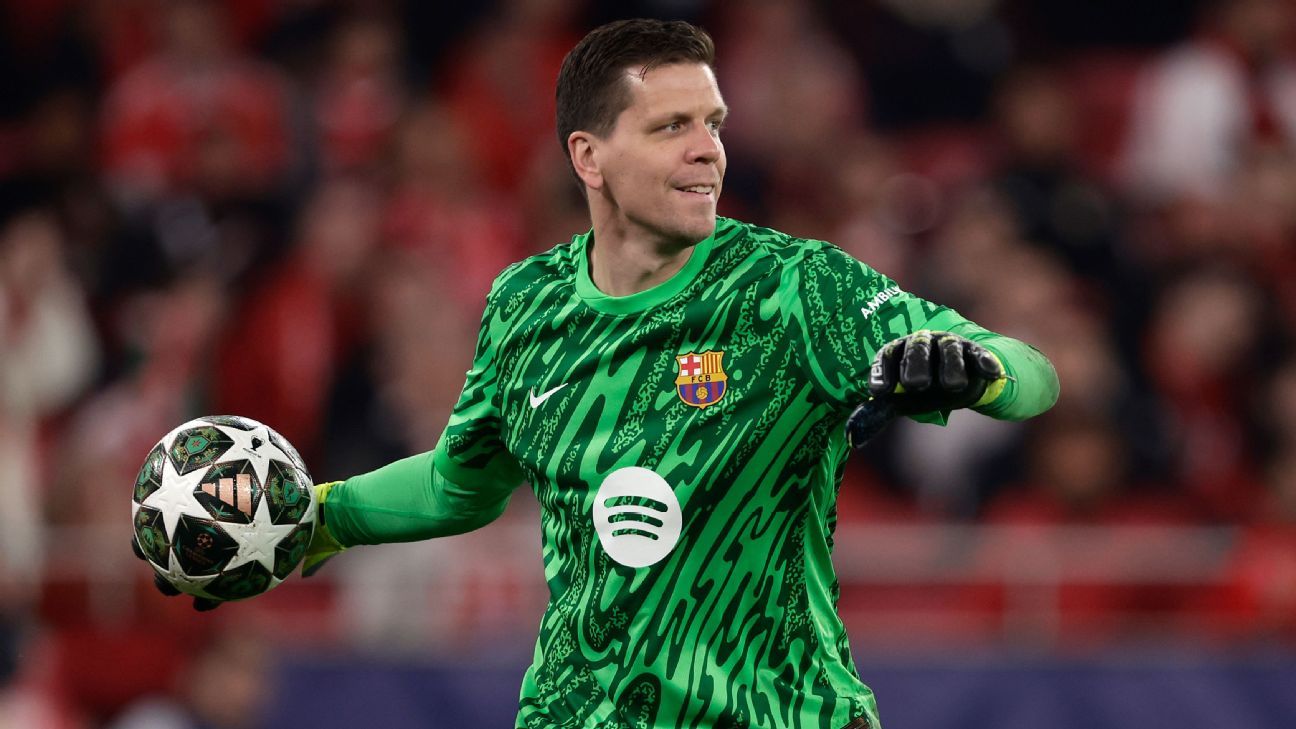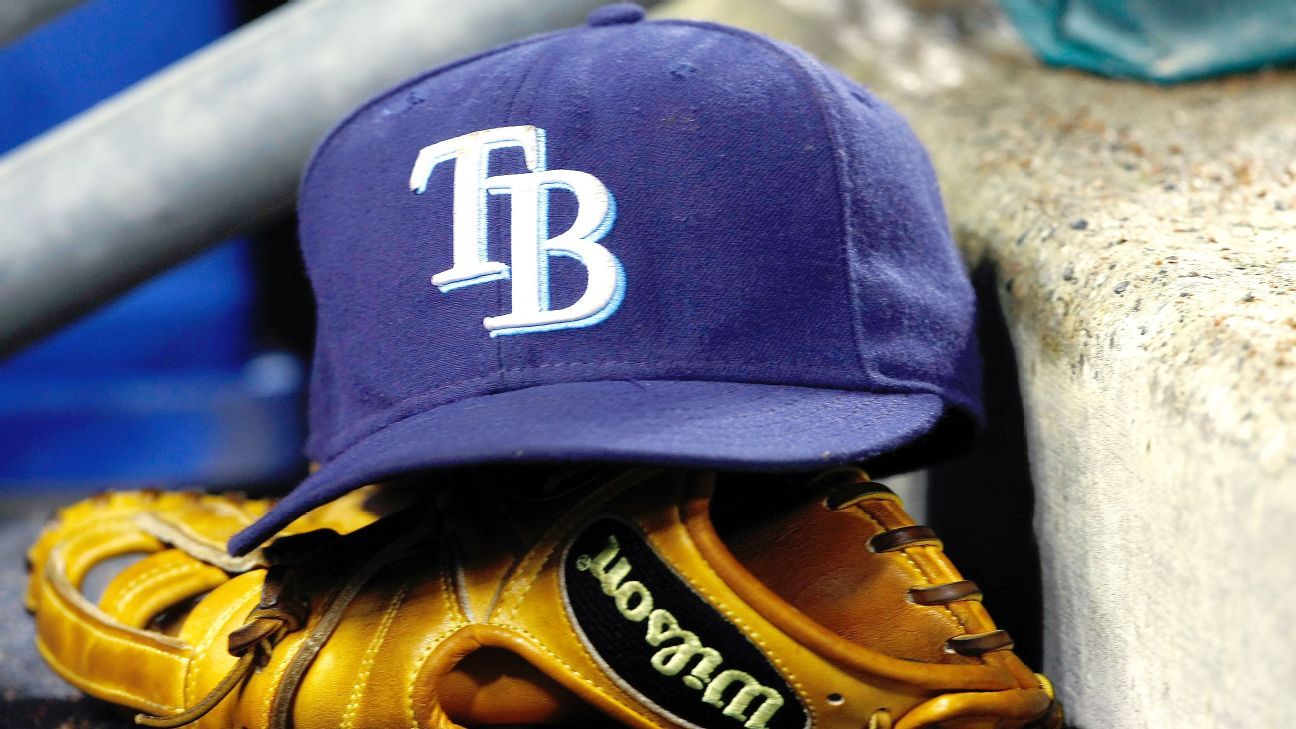
MOORESVILLE, N.C. — The beginning of Donald Davidson’s career at the Indianapolis 500 coincided with what many consider the Golden Age of The Greatest Spectacle in Racing.
It was the mid-1960s when the race grew at such a pace that it became a worldwide phenomenon. More than 300,000 spectators came to the track to witness drivers racing at high speeds during what was a risky and dangerous event.
Ironically, when Davidson, a young Englishman, attended his first Indianapolis 500 in 1964, it was the year when Eddie Sachs and Dave MacDonald were killed in a fiery crash on the second lap of the race.
Davidson dreamed of attending the Indianapolis 500 and saved money for months to make his first venture to the United States. Frances Derr, the ticket manager at Indianapolis Motor Speedway, was impressed that Davidson was coming from so far away and helped arrange accommodations for him with a homeowner located outside of turn three.
She also arranged for Davidson to have a Bronze Badge, which gave him access to the pits and Gasoline Alley.
On his first day at the track, Davidson met legendary announcer Sid Collins. Collins gave him a Silver Badge and invited him to the broadcast booth during the race.
Soon, the world learned of Davidson’s incredible knowledge of Indianapolis 500 history by listening to the radio broadcast.
“I just happened to be on the radio broadcast,” Davidson recalled. “Radio was king. The broadcast, there had been radio going back to the ’20s, but it just exploded in the mid-’50s. Closed circuit TV began showing the race in 1964, but the radio was how the world discovered the Indianapolis 500.
“I think the claim was that the race could be heard in every country where English was spoken except behind the Iron Curtain or something like that.
“As far as it being the Golden Age, I think different people have their version of the Golden Age,” Davidson added. “When you ask a lot of people, no matter what the sport is, it happens in baseball a lot, when people say, my favorite era was such and such. Normally, that’s when they first discovered it and got into it.
“You sort of accept everything that’s going on now and what’s gone before. You have your heroes. As the new people come along that may be even greater, I think you tend to not hold them in the same esteem as the people when you first got interested.
“It was very, very exciting times.”
It was 10 years after Davidson attended his first Indy 500 that he began to understand his role in increasing the race’s popularity around the world.
“I was standing with some people the day before the race just talking, media, people outside the old press room,” Davidson recalled. “A guy came by. He said, ‘Excuse me, are you Donald Davidson?’ I said, ‘Yes, sir.’
“He said, ‘I recognized your voice.’
“I said, ‘Are you from around here?’
“He said, ‘No, I’m from Sydney, Australia, this is my first visit. I listen to the broadcast and I recognized your voice.’ That just gives me goosebumps.
“It was also a lesson to be aware that when you’re talking, any comment that you make, anything you say, you never know who you may be affecting that’s a kid that will come up to you years later and say, ‘Hey, I remember when you did this, that or the next thing.’
“I remember that. It was stunning. … It was a thrill to be part of the radio network for all those years.”
The British native found his home in Indianapolis. Henry Banks hired him at USAC and Davidson was a regular on the Indianapolis Motor Speedway Radio Network.
In 1998, he was hired as the Indianapolis Motor Speedway historian. He gave speeches throughout the country, met with visitors at the Indianapolis Motor Speedway Museum and guided tours.
In many ways, Davidson was as much a part of the history of the Indy 500 as the men who raced in it.
Davidson lived out his dream that started in the 1950s when he discovered the race through the pages of Autosport magazine and has become an integral part of the Indianapolis 500 by knowing its history as well, if not better, than anyone.
But on Dec. 31, Davidson retired as IMS Historian. He isn’t going away completely; he just isn’t going to work anymore. He intends to be back at the track for the Indianapolis 500 and the other races at the famed facility, but it will be on his time.
“I never expected to be able to do this as long as I did,” Davidson said. “As I sort of became a senior citizen, I began to think about a lot of other things I would like to do really locally, just around the house. I don’t want to go to every baseball park or any Formula One grand prix, anything like that. There’s just a lot of stuff. I bought a lot of books I never read, movies that I’ve never watched. I’ve been thinking about it for a while.”
Davidson is prepared to enjoy his Golden Years after playing a major role in the Golden Age of the Indianapolis 500.















 Phone: (800) 737. 6040
Phone: (800) 737. 6040 Fax: (800) 825 5558
Fax: (800) 825 5558 Website:
Website:  Email:
Email: 






